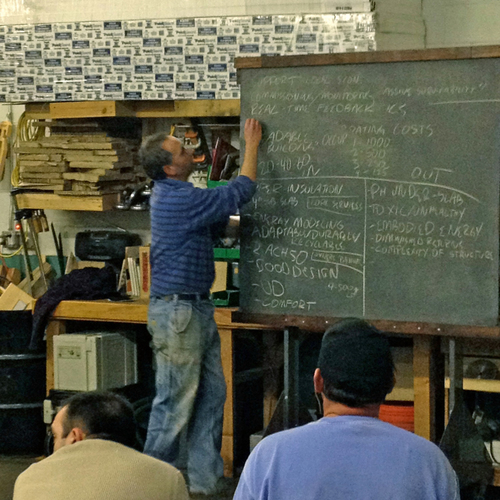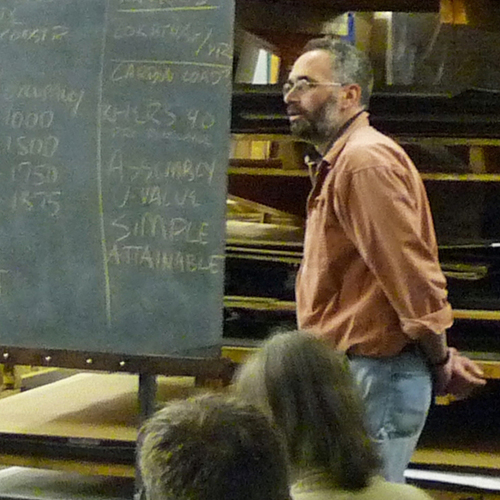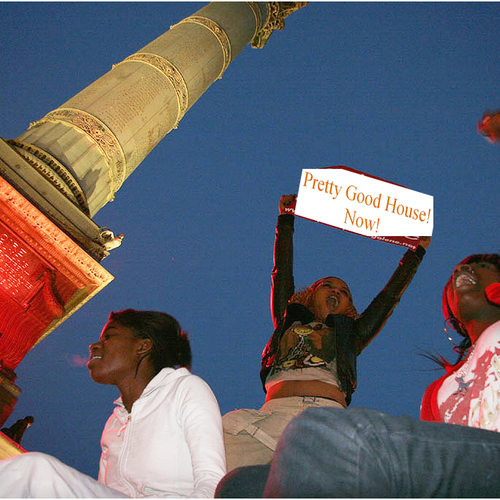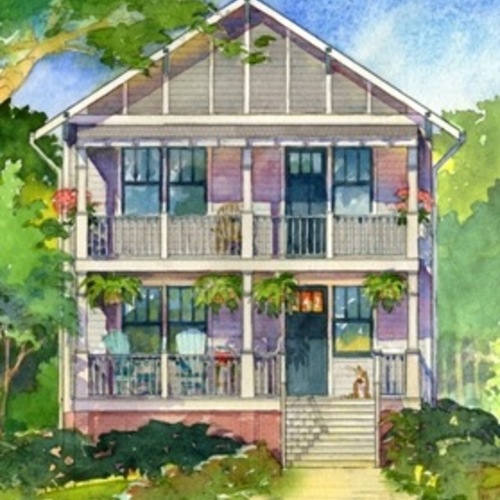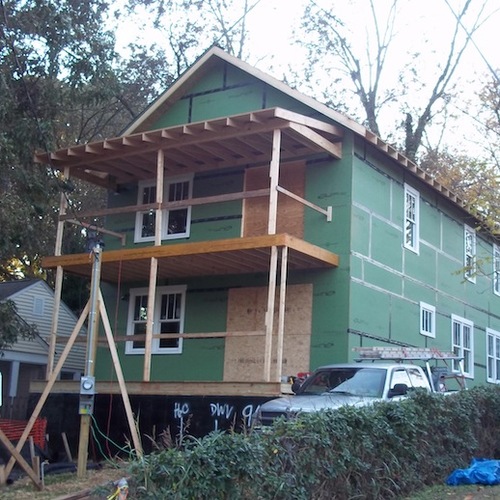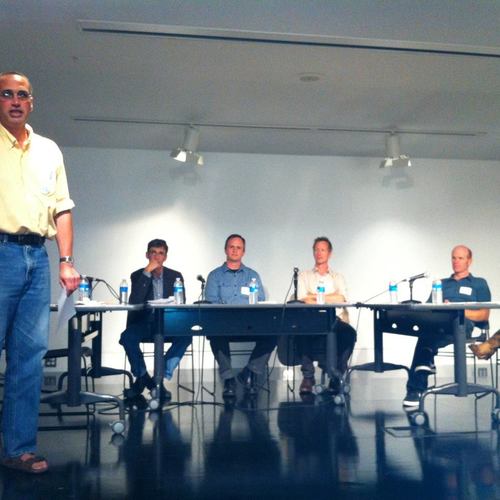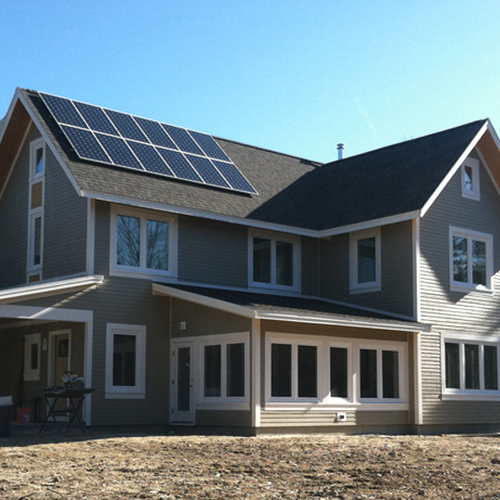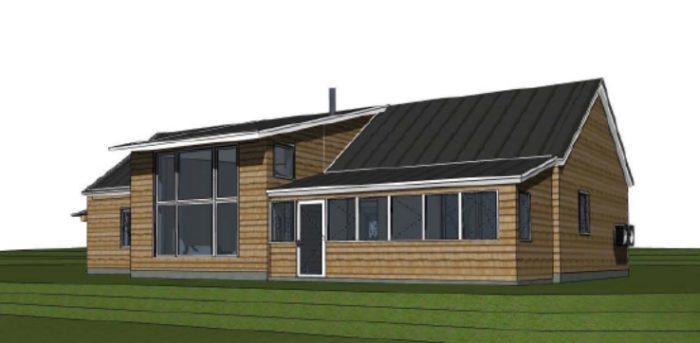
Want to learn more about building a pretty good house? Sign up for the Sustainable Building Accelerator and learn directly from author and architect Emily Mottram.
A Maine builder, Dan Kolbert, and a Maine designer, Michael Maines, are credited with inventing and popularizing the term “pretty good house.” On this page, we’ve assembled links to the most important GBA articles on the “pretty good house” concept.
If you are looking for an index that spans all categories, with a special focus on “how to” articles, check out this resource page: “How to do Everything.”
-
The Pretty Good House
[no-glossary]Energy Star[/no-glossary]. [no-glossary]LEED[/no-glossary]. [no-glossary]Passivhaus[/no-glossary]. There are many programs with different metrics for determining how green your home is. But what elements of green building are important to you when designing and building a home?
-
The Pretty Good House, Part 2
What is truly important when designing and building a green home? Some of the many existing programs don’t go far enough, some are accused of going too far, and some just miss the mark. What should be included in a Pretty Good House?
-
Martin’s Pretty Good House Manifesto
One of the presentations I attended at the Passive House conference in Portland, Maine, on September 22, 2014 was a session called “Passive House certifiers’ roundtable.” The first speaker on the panel, Tomas O’Leary, explained that he usually charges about $2,200 to certify a residential Passivhaus project. He warned the audience that certification is “quite an effort; don’t underestimate it.”
-
Regional Variations on the ‘Pretty Good House’
The building-science-and-beer group that meets every month in Portland, Maine, recently launched a discussion of suggested specifications for a “pretty good house” — a house that seeks to balance construction cost and energy performance without being constrained by the dictates of existing green building programs or rating systems. Michael Maines's blog on that topic has generated dozens of comments, and GBA has received several e-mails from readers with suggestions for regional variations on the “pretty good house” concept.
-
Is the Pretty Good House the Next Big Thing?
I love the Pretty Good House concept! The folks up in Maine who've been developing this idea in their monthly green building discussion group (Steve's Garage) have struck a chord with a lot of us who design, build, or verify green homes. The growing complexity and expense of green building and energy programs has led to growing frustration.
-
Is the Pretty Good House the Next Big Thing? Part 2
Let's get back to the Pretty Good House concept now. Last month I wrote part 1, called Is the Pretty Good House the Next Big Thing?
-
The Pretty Good House: A Better Building Standard?
The Northeast Sustainable Energy Association (NESEA) held its annual meeting in Portland, Maine, on September 15th, 2012. After a day of tours of local sustainably designed projects and some pre-meeting smorgasbord grazing, the meeting started with a round of speeches by board and association directors. (Exciting changes are coming; stay tuned!). Then the meeting continued with the entertainment portion of the evening: a panel-style discussion about the Pretty Good House.
-
An Update on the Pretty Good House — Part 1
The status quo of newly constructed homes here in America is, well, disappointing. Despite some strong market-transforming rating systems (such as LEED, Energy Star, Passivhaus, etc.), the classic American home is still being designed and built exactly as it was 20, 30, or even 40 years ago. Why? There's a few reasons, the biggest of which is market demand. People buy what's on the market, and builders build what sells. The only ones pushing the market are those few who are willing to go the extra distance, and do that extra homework to make their projects substantially better. This is actually a very small percentage of those building or buying a new home.
-
An Update on the Pretty Good House — Part 2
Cocktails in hand, Phil and I pick up the conversation about the Pretty Good House. Be sure to check Part 1 of this episode for some of the basics and the origins of this nebulous building/design concept. The Highlights: A Great Anecdote: Phil tells a great anecdote that illustrates the need for the Pretty Good House Guidelines.
-
Ten Essential Steps to a Pretty Good House
My friends up in Maine came up with the concept of the Pretty Good House a few years ago, and I love the idea! Not everyone can or wants to build a LEED Platinum, Living Building Challenge, Passive House. But a lot of architects, builders, and home buyers would like to design, build, and live in houses that are better than the barely legal, code-minimum houses that populate the market.
